Prime Eastern Bluefin Tuna Season Opens Amid Concern Over Stock’s Recent Management
To protect long-term recovery and sustainability, quotas should follow scientific advice
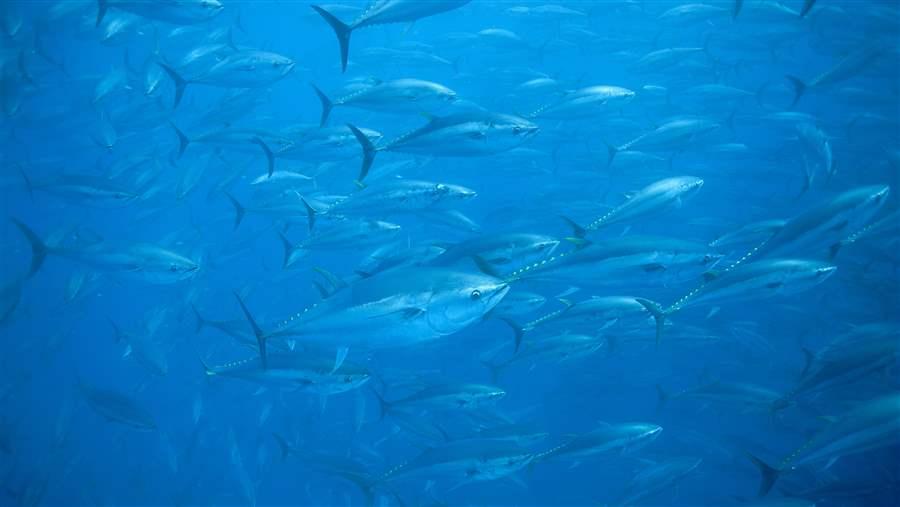
Science-based management of Atlantic bluefin tuna is critical to its future sustainability.
© Richard Hermann
It’s not rocket science. Set a quota too high by ignoring scientific advice, and allow illegal fishing to run rampant, and a fish stock will plummet. Or set the quota in line with scientifically advised levels while curtailing illegal fishing, and a stock will rebound. This is the story of the iconic eastern Atlantic and Mediterranean bluefin tuna. With the main eastern bluefin fishing season now underway, it’s the right time to check in on how management is going.
As the stock recovers, the pressure grows
In 2010, after decades of mismanagement led to severe depletion of the eastern bluefin, the International Commission for the Conservation of Atlantic Tunas (ICCAT) began following scientific advice in setting the eastern bluefin quota. And sure enough, the stock has started to recover. But now the pendulum has begun to swing back in the wrong direction following pressure, from some factions, on ICCAT to relax management and increase quotas above scientifically advised levels even before the stock has fully recovered.
That pressure has worked so far. In 2014, ICCAT agreed to increase the quota by 70 percent—the upper limit of what scientists had advised—through 2017. Then, in 2016, the Commission agreed to an additional increase for 2017, which resulted in a quota that once again exceeds the scientific advice.
At this year’s ICCAT meeting in November, quotas are set to be renegotiated based on a brand-new stock assessment, which is on track to be completed at the end of July. While this assessment will provide an updated picture of the status of the stock, it is likely to still include a substantial degree of uncertainty. The critical question now is whether bluefin managers will return to the more precautionary, science-based path that has helped bluefin recover, or give in to pressure to further increase the quota despite remaining uncertainty in the assessment results and without sufficient time for scientists to assess the impact of the significant and rapid quota increases of the past three years.
How fisheries managers and industry representatives react to the main season for eastern bluefin—which began May 26—will offer a hint of how things will play out at ICCAT this year. The monthlong fishing season will most likely close early for some countries, possibly in just a few days, because many purse seine vessels set their nets on large schools of spawning bluefin as soon as the season opens and thus quickly catch their full allocation. If the past few years are any indication, this will lead to claims that the stock is fully recovered and to calls from some in the industry for further raising the quota in light of this “recovery.” But, given that only ICCAT scientists can confirm a recovery based on the completed stock assessment at the end of July, any calls for catch limit increases before that time would be premature.
Science-based management key to bluefin’s recovery
In light of how highly charged and politicized quota negotiations will no doubt be this year, it will be critical for scientists to provide clear management advice that is sufficiently detailed and precautionary to protect eastern bluefin’s recovery over the long term. Subsequently, it will be important for managers to follow this scientific advice and resist the pressure to increase the quota to a level that risks another decline in abundance.
As ICCAT parties enter into the height of the 2017 season, it would serve them well to heed the words of Karmenu Vella, the EU commissioner for environment, maritime affairs, and fisheries, who said in 2015, “Sustainability and good management pay off. We must continue on this route."
Precautionary, science-based management is not only important to achieve recovery but also critical to protect it over the long term. It needs to be the rule, not the exception.
Amanda Nickson directs global tuna conservation for The Pew Charitable Trusts.


America’s Overdose Crisis
Sign up for our five-email course explaining the overdose crisis in America, the state of treatment access, and ways to improve care
Sign up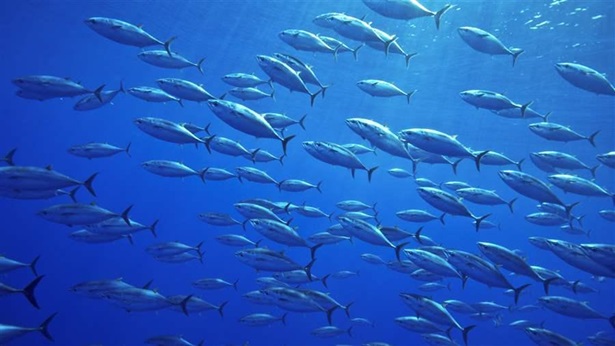
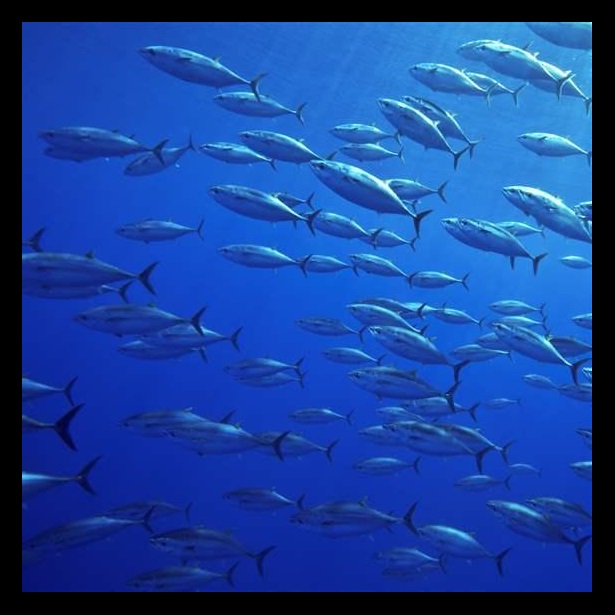
ICCAT at a Crossroads
Commission advances science-based harvest strategies, but does not follow scientific advice to strengthen measures for some tunas and sharks
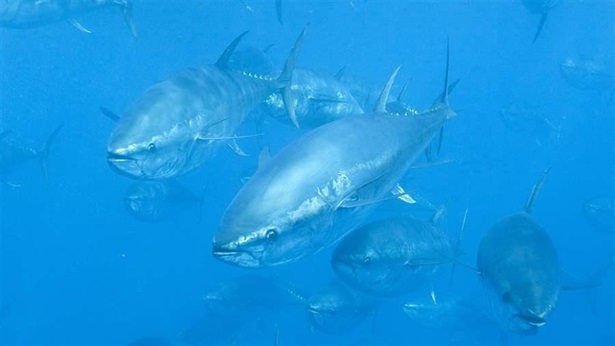
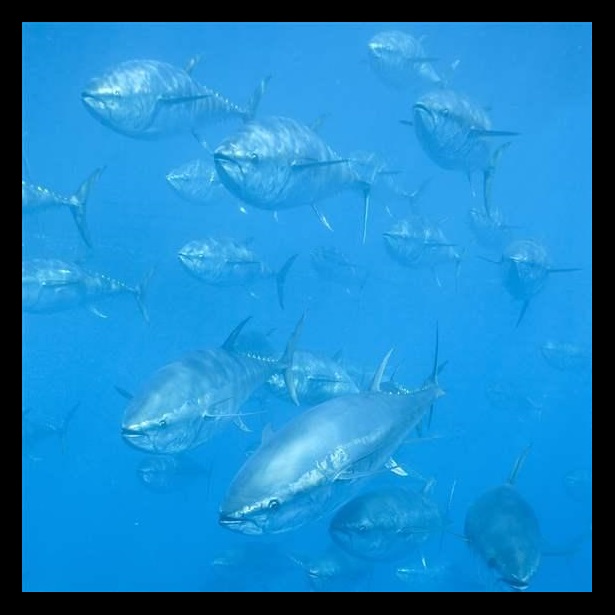
Independent Review Calls for Improved Management of Atlantic Tunas and Sharks
ICCAT must respond to call for more effective measures









